
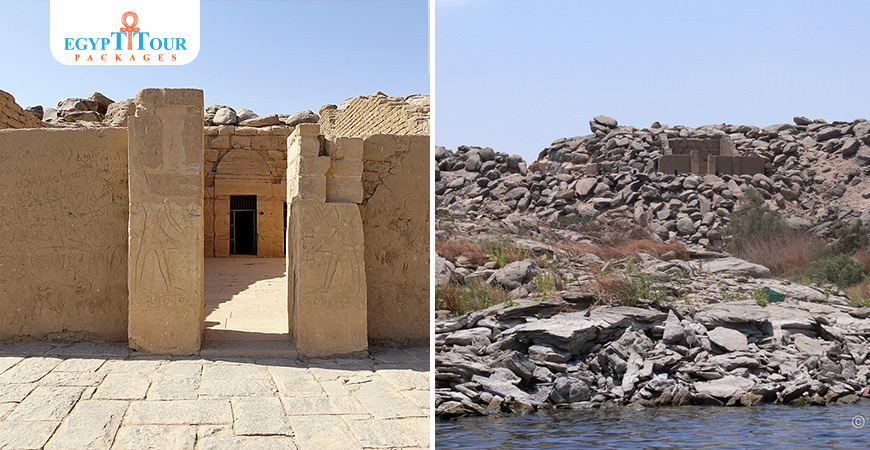
Beit el Wali
Temple of Beit el-Wali is a rock-cut Ancient Egyptian temple in Nubia which was built by Pharaoh Ramesses II.
Beit el-Wali
The Temple of Beit El-Wali is a rock-cut ancient Egyptian temple in Nubia which was built by Pharaoh Ramesses II and dedicated to the deities of Amun-Re, Re-Horakhti, Khnum and Anuket. It was the first in a series of temples built by Ramesses II in this region, its name Beit el-Wali means (House of the Holy Man) and may indicate its previous use by a Christian hermit at some point in time. The temple was relocated during the 1960s as part of the International Campaign to Save the Monuments of Nubia as a result of the Aswan High Dam project and moved towards higher ground along with the Temple of Kalabsha. This move was coordinated with a team of Polish archaeologists financed jointly by a Swiss and Chicago Institute respectively.
-Where is the temple:
The temple was located 50 kilometers south of Aswan.
-Temple architecture:
The temple is characterized by the simplicity of its plan and consists of a stone gate built in a mud-brick edifice, followed by a front courtyard and a two pillared transvers antechamber whose roof rests on two columns. The temple ends with the sanctuary, in the back wall of which there is a cavity containing three broken statues.
-courtyard:
The entrance leads to a rectangular courtyard with engraved sides, where scenes of the wars of King Ramesses II were depicted on the walls of the front courtyard. On the right wall were the wars against the Asians and Libyans, and on the left were the wars against the Nubians. Scenes of these wars were repeated on the walls of the transverse hall.

Beit al-wali
At the beginning of the Christian Coptic period, the temple was used as a church. name Beit El-Wali means 'House of the Holy Man' and may indicate its previous use by a Christian hermit at some point in time.
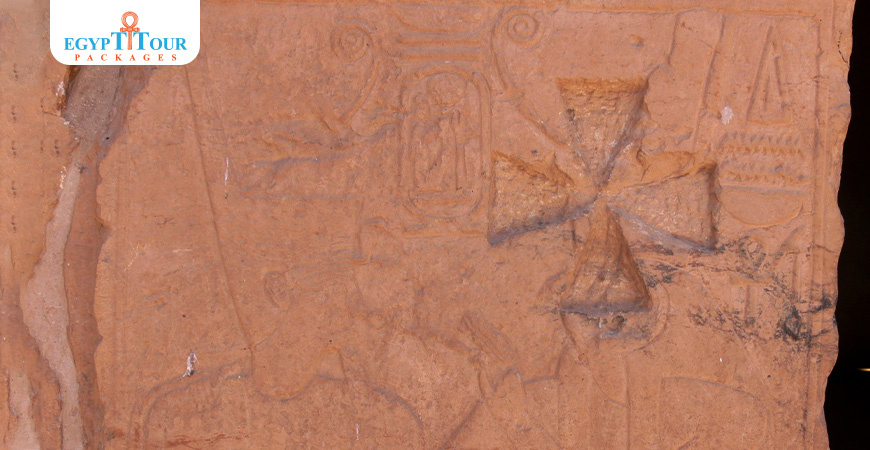
Temple of Beit El-Wali
-two pillared transvers antechamber:
Scenes of these wars were repeated on the walls of the transverse hall. On the right, we see the king slaughtering the Libyans, and on the left, he is slaughtering the Nubians. There are two cavities in the back wall of this hall. The right cavity includes a group of three statues representing King Ramses II between the god Khnum and the goddess Satet, and the left cavity includes another group of three statues representing King Ramesses II between the god Horus, God of the Copan region, and the goddess Isis. Other scenes show the offering of sacrifices by King Ramesses II to various gods.
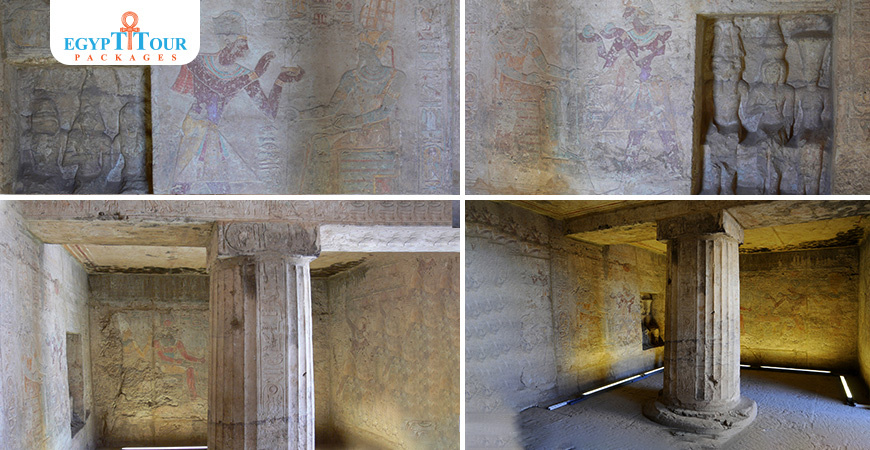
The Temple of Beit El-Wali
-sanctuary:
The transverse hall leads to the Holy of Holies, where the walls of the Holy of Holies are covered with religious scenes. The goddess Isis is depicted breastfeeding King Ramses, the king offering wine to the god Horus, God of the Copan region, and the king offering incense to the god Amun Ra. On the other side, the waterfall goddess Aneket is depicted breastfeeding. King Ramesses, followed by King Ramses II leading the waterfall gods Satet and Khnum, and the king offering incense to Amun Ra, and at the end of these scenes we see the god Ptah in his cabin. The niche of the statue of the Holy of Holies is empty.
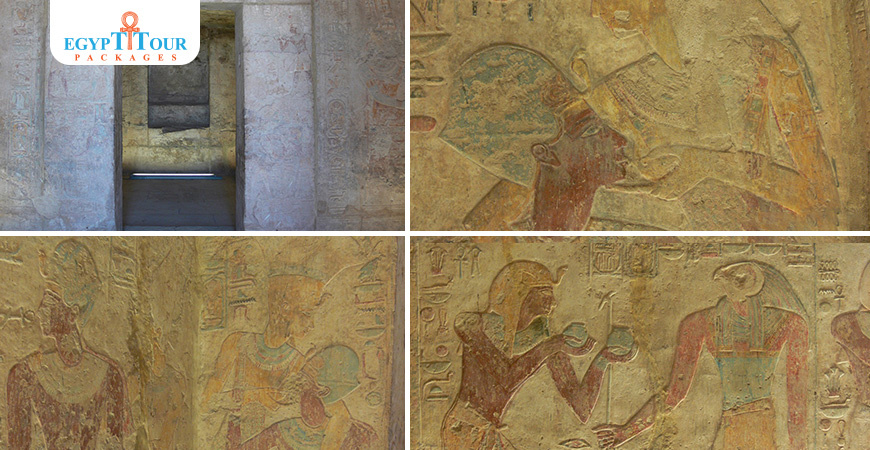
How to reach this site ?
The Temple of Beit El-Wali is an archaeological site in Nubia, Egypt. The main attraction of the site is the Temple of Ramses II.
To get to Temple of Beit El-Wali, you will need to take a boat from Aswan. You can make all of these during the cruise of Lake Nasser.

Post A Comment
Your Email Address Will Not Be Published.
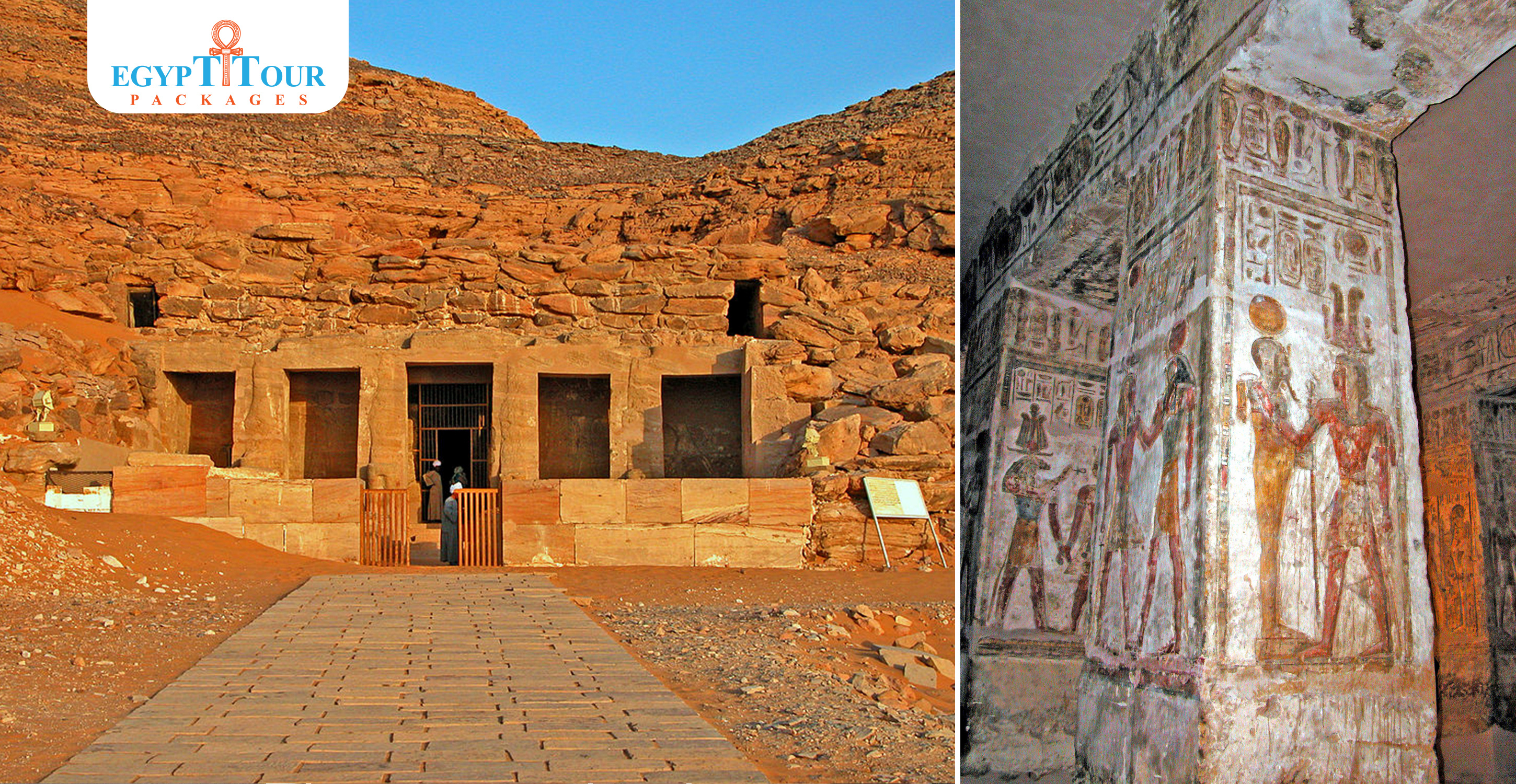


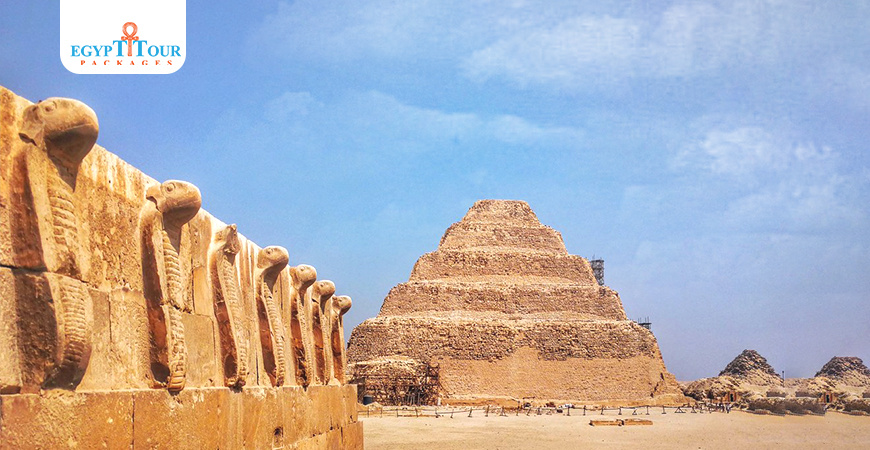







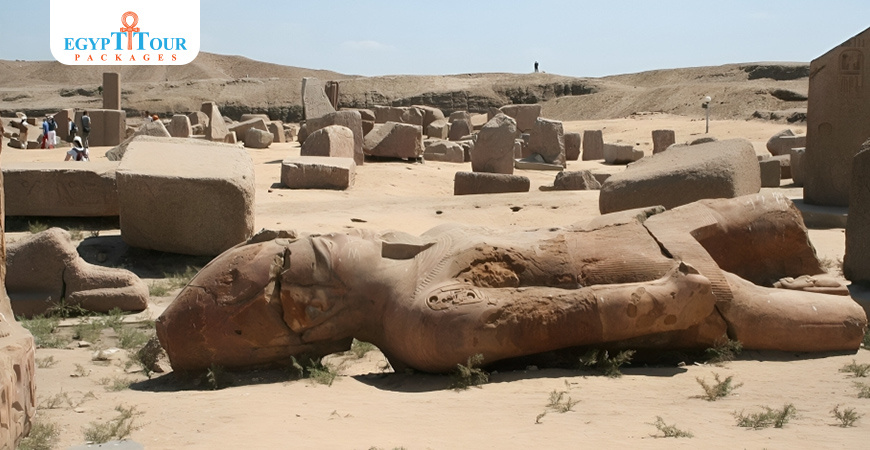


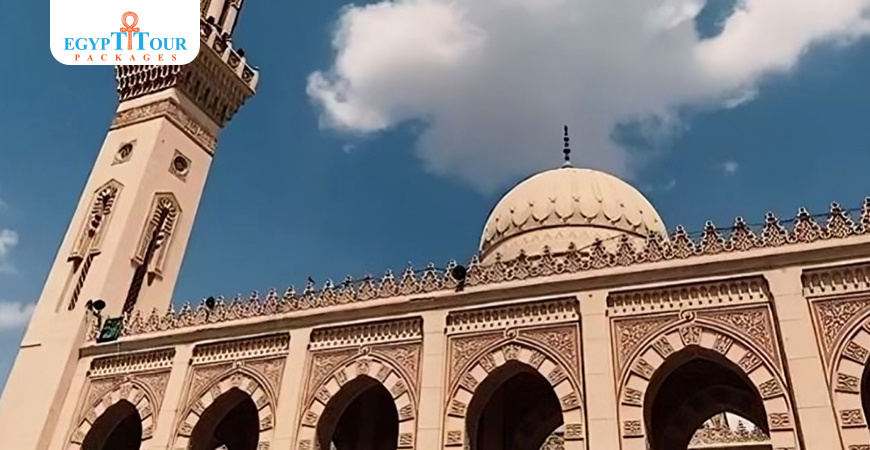


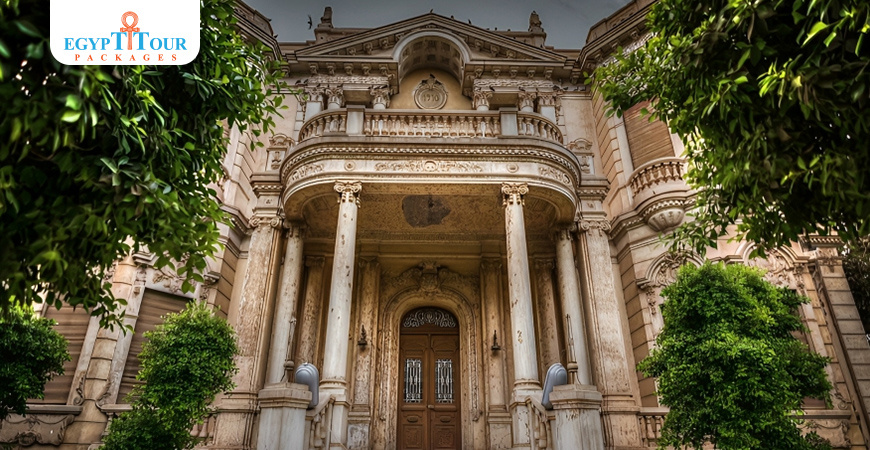
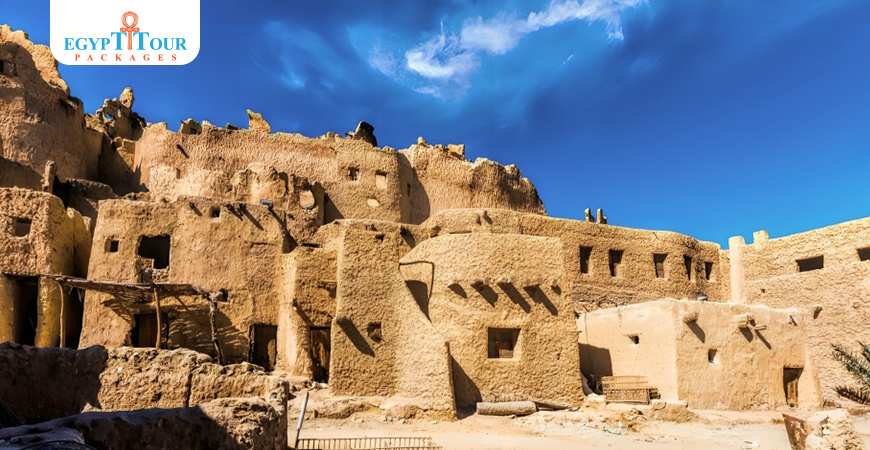
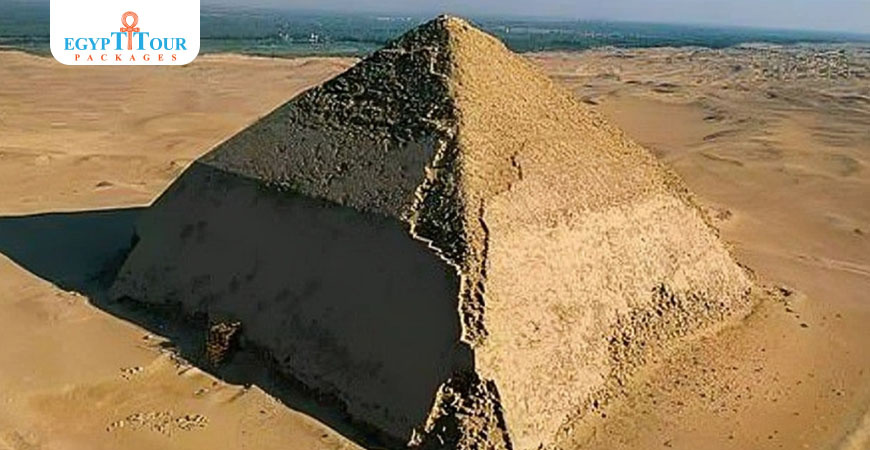
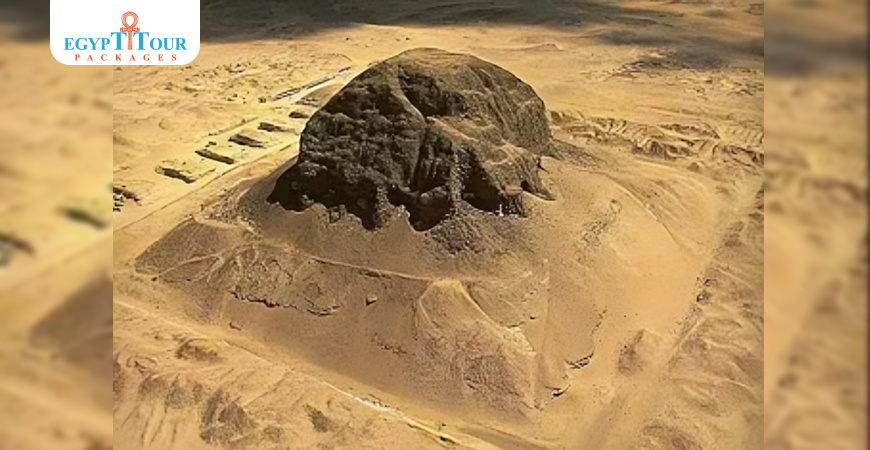
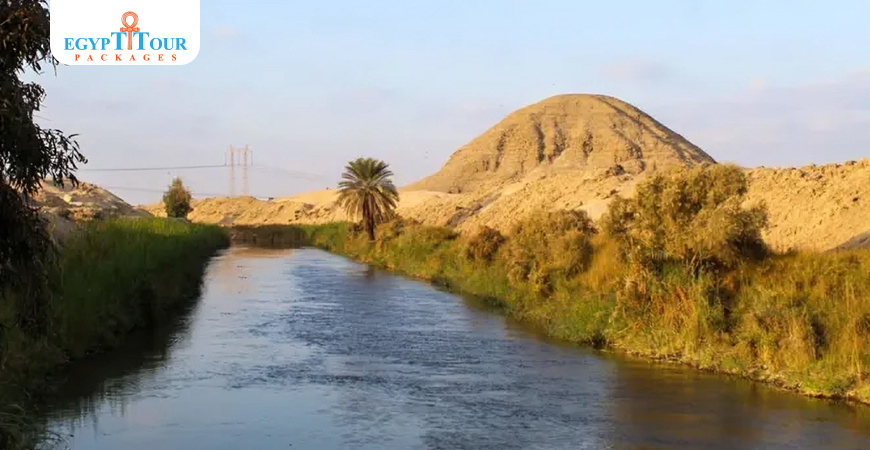
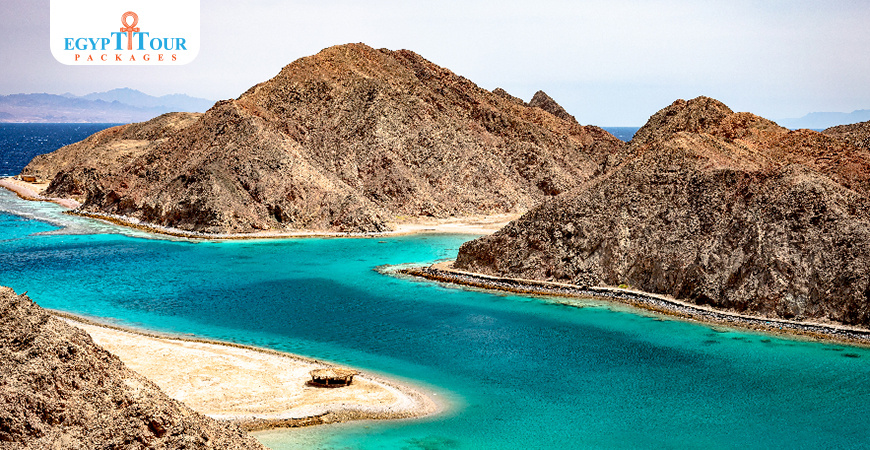
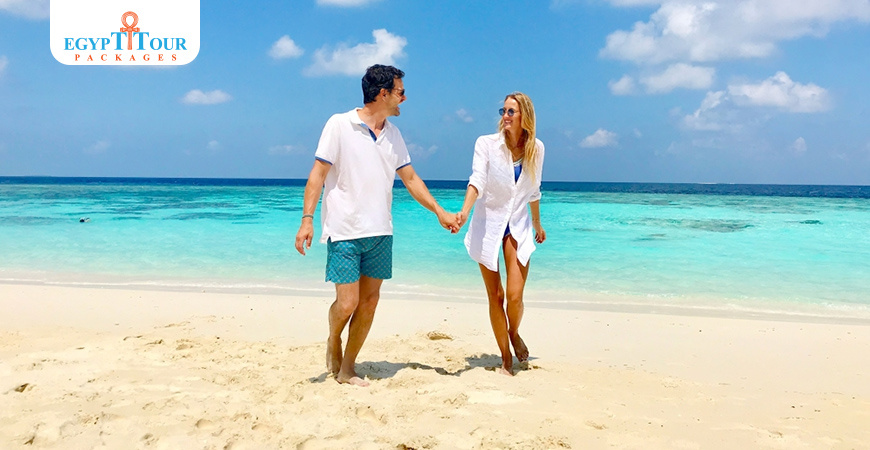
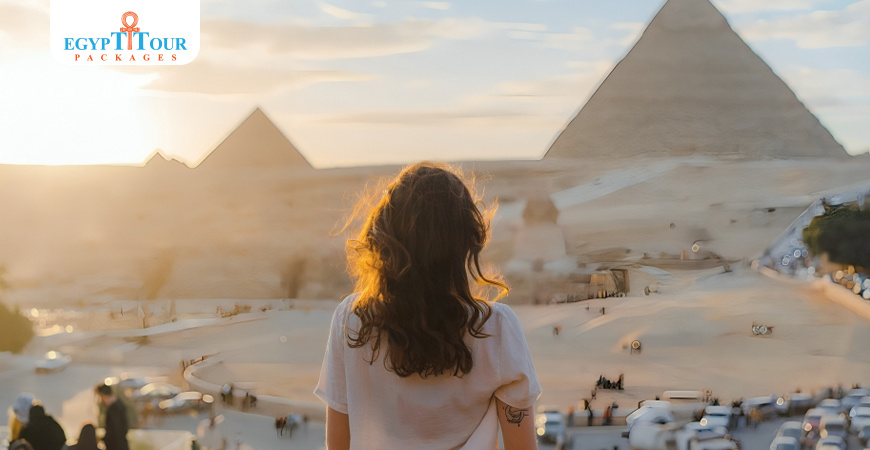
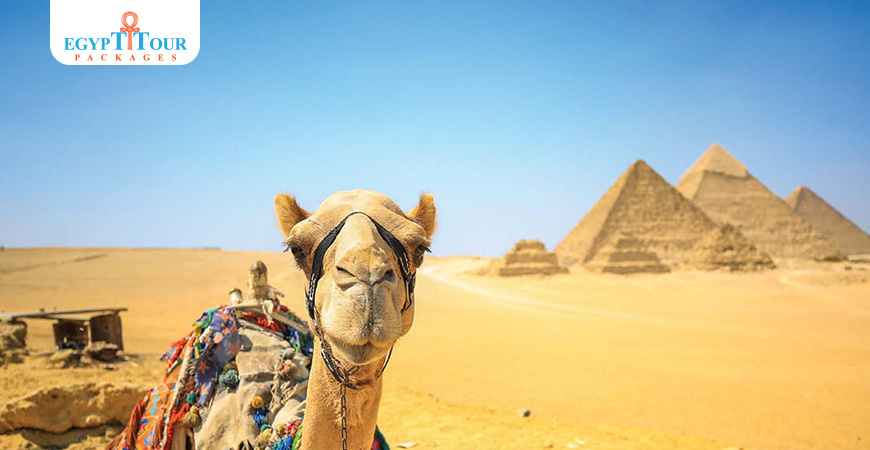











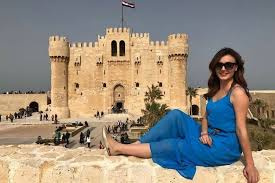

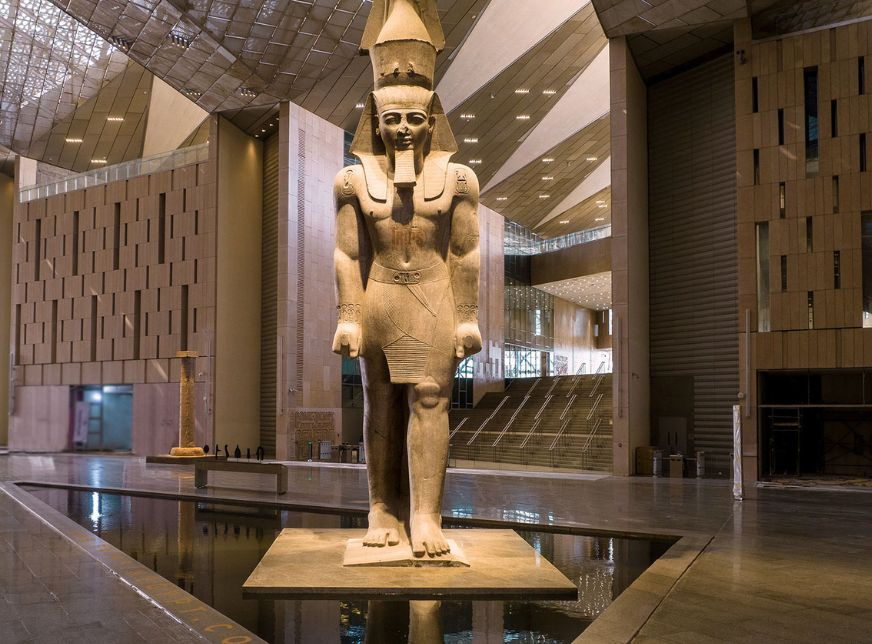






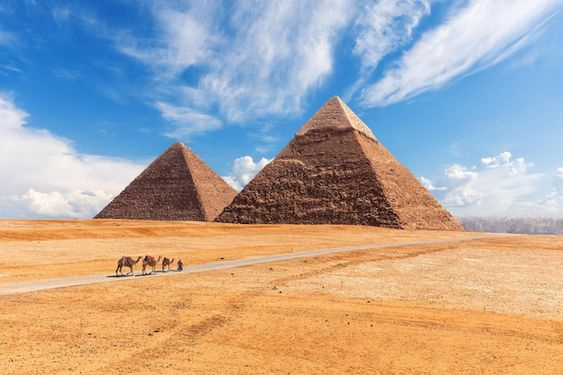
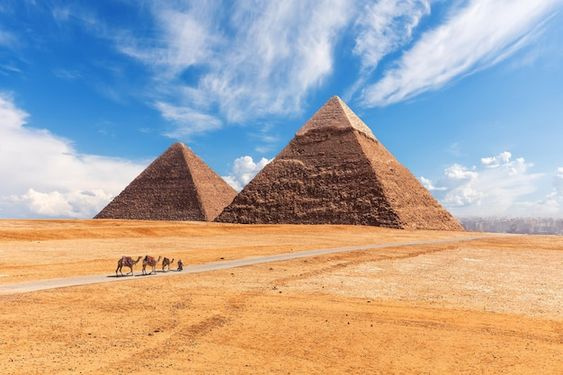

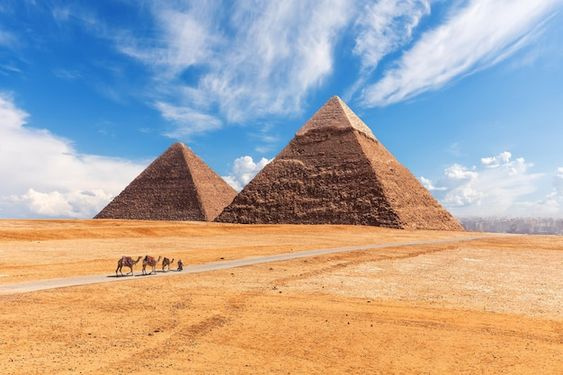
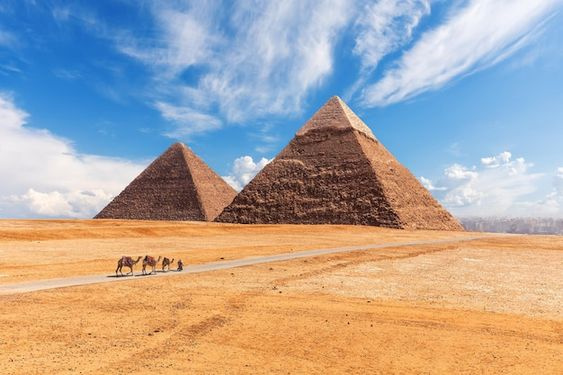
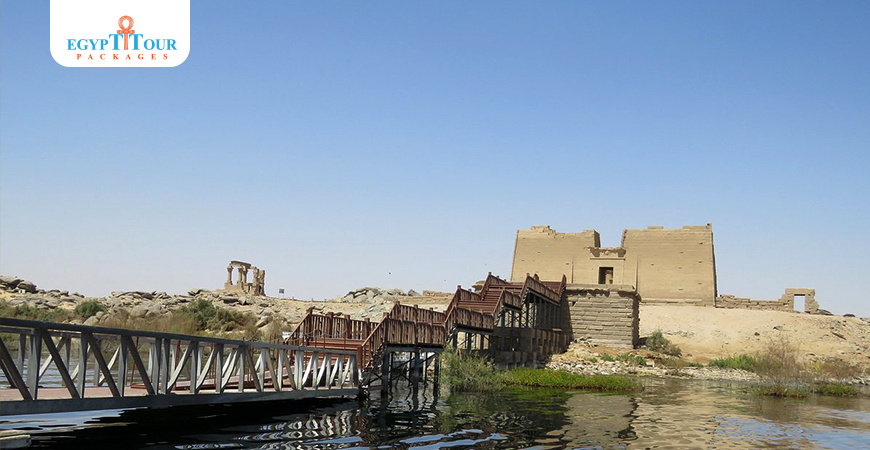

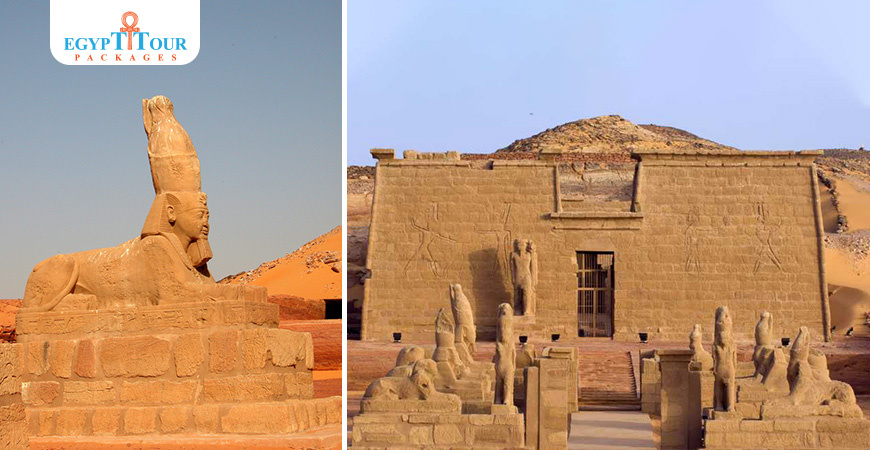
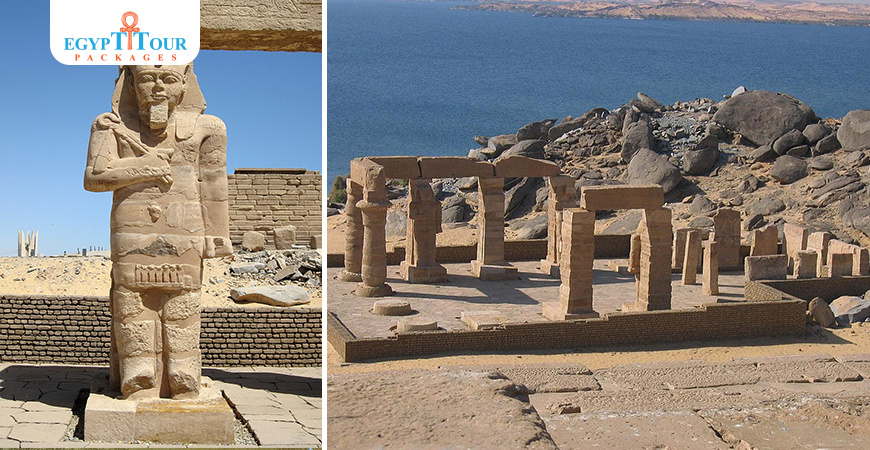
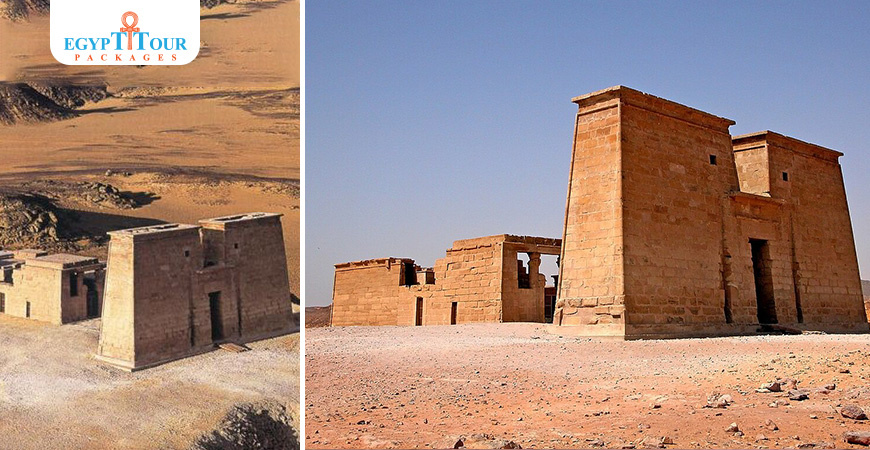

0 Comments